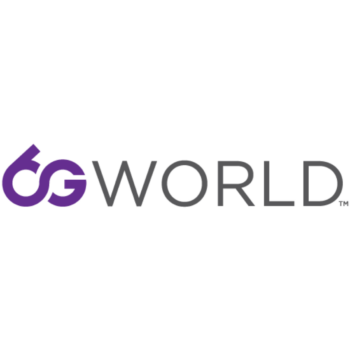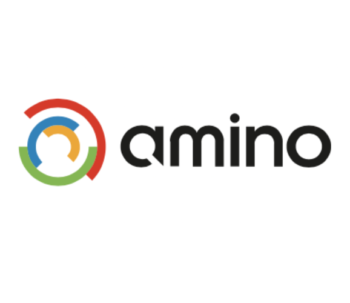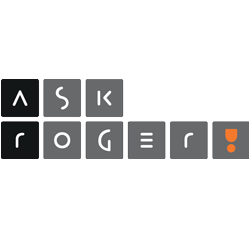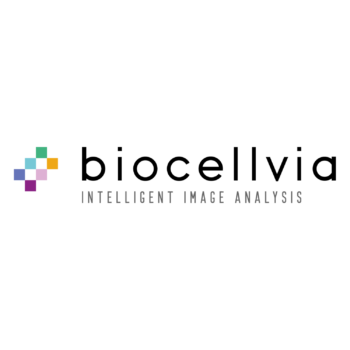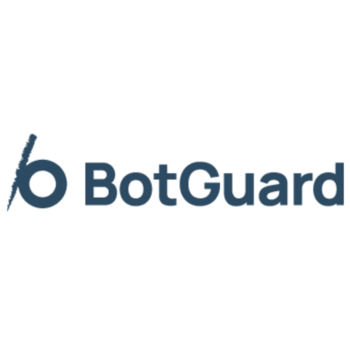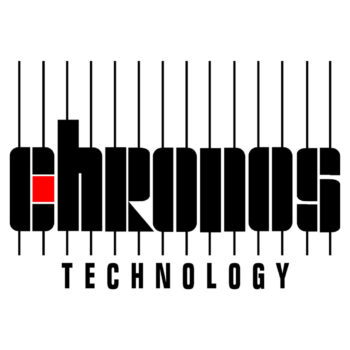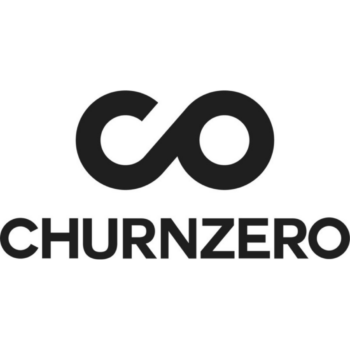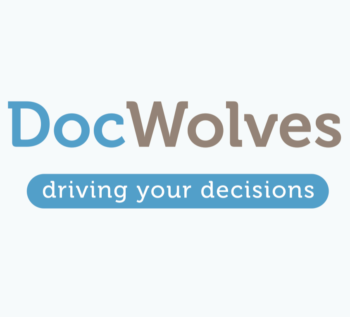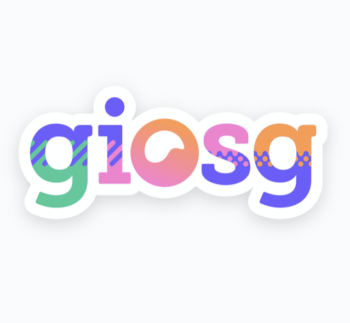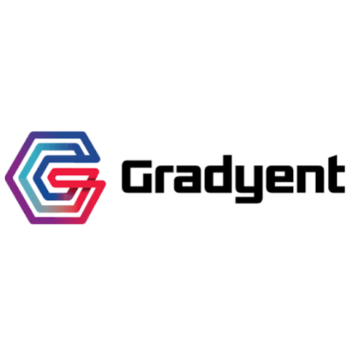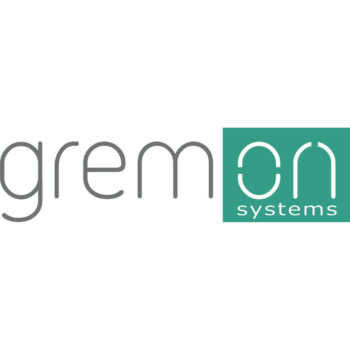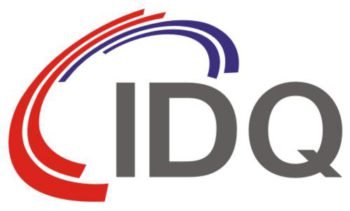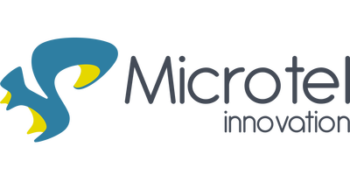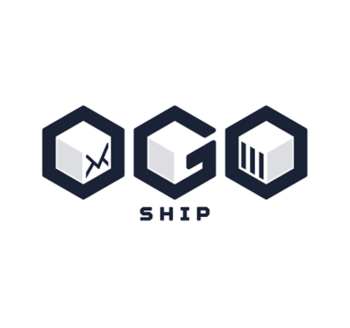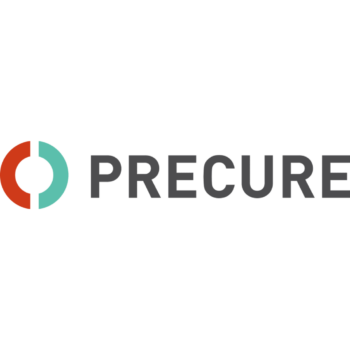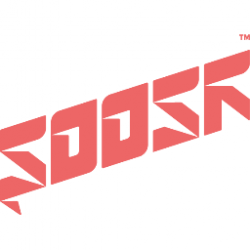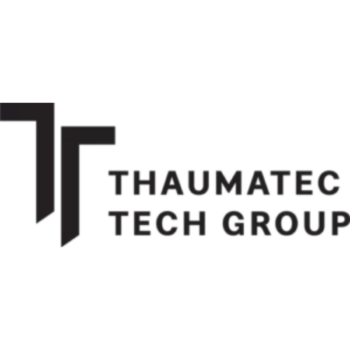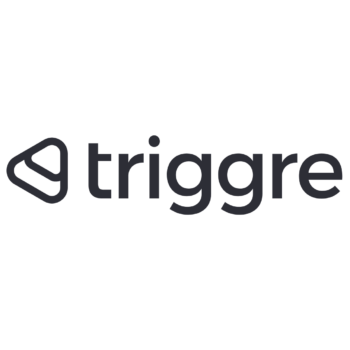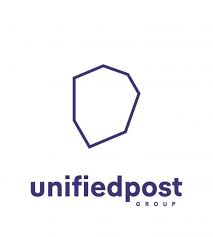What is a B2B SaaS Go-To-Market Strategy?
A B2B SaaS go-to-market (GTM) strategy is a comprehensive plan that details how a SaaS company will introduce its product to the market, effectively engage its target customers, and achieve scalable growth.
It goes beyond just launching new software; it involves aligning the product’s unique value with the specific needs of its intended audience, ensuring sustainable and impactful market entry, even in competitive or international markets.
The pillars of a B2B SaaS Go-To-Market Strategy
1. Defining your ideal customer profile (ICP)
A deep understanding of your ideal customer is foundational to success:
- Targeting the right industries and segments: Use data-driven insights to identify industries, company sizes, and market segments where your product delivers maximum value. For instance, mid-sized tech firms or healthcare providers requiring specialized functionality.
- Identifying decision-makers and stakeholders: Map key roles like CEOs, CTOs, and procurement managers while addressing their specific needs and challenges.
- Customizing for pain points: Collaborate to uncover precise customer challenges, such as improving operational efficiency or reducing costs.
- Dynamic profiling: Continuously refine ICPs using market feedback to target high-potential segments effectively.
Rather than static personas, build adaptable profiles that evolve with market dynamics. This ensures real-time alignment with customer needs.
2. Crafting a clear value proposition
A clear value proposition is important to capture the attention of your target audience and driving engagement:
- Highlighting problem-solving capabilities: Showcase how your solution addresses key pain points. For example, a SaaS product improving team productivity could emphasize reducing project delivery times by 30%.
- Quantifying measurable benefits: Demonstrate ROI through cost savings, revenue growth, or operational improvements.
- Differentiating competitively: Stand out with unique features, robust support, or innovative pricing models.
Tailor your value proposition for each region or industry. Aexus’s team dynamically adjusts pitches based on specific customer needs and feedback.
3. Selecting a flexible and scalable sales model
- Sales outsourcing: Leverage external expertise for efficient scaling without the overhead of building in-house teams.
- Proactive management: We take full ownership of the sales cycle—from prospecting to deal closure—while collaborating closely with vendors.
Adaptability is key. Each market and customer segment is assessed to implement the most effective sales strategy, ensuring agility and success.
4. Local expertise for market entry
Entering new markets requires more than just compliance—it demands cultural and operational alignment:
- Navigating regulations: Different markets have unique regulatory environments, and SaaS companies must adapt to these standards.
- Understanding cultural nuances: Adapt your messaging, sales approach, and customer interactions to align with local expectations.
- Analyzing competition: Identify gaps in the market and position your product as the superior choice.
- Localized messaging: Refine marketing and sales materials to resonate with regional audiences.
With established networks and local teams, Aexus eliminates the guesswork of localization, providing actionable insights and direct connections.
5. Driving results with technology integration
Aexus’s tech-driven approach ensures seamless execution:
- Streamlined CRM systems: Tools like Pipedrive provide vendors with real-time insights into pipelines, contact statuses, and sales stages.
- Marketing automation: Platforms like Reply.io and Salesloft enable targeted outreach and efficient lead nurturing.
- Lead enrichment tools: LinkedIn Navigator and Lusha.io identify and qualify high-value prospects quickly.
- Data-driven optimization: We continuously monitor campaign performance, making iterative improvements.
With dedicated tooling managers, Aexus integrates systems directly with vendor workflows, reducing complexity and maximizing efficiency.
6. Measuring success and optimizing for growth
Continuous improvement requires tracking relevant metrics:
- Real-time transparency: Vendors receive full access to dashboards showing contact statuses, sales stages, and expected closing dates.
- Key metrics: Track CAC, conversion rates, and LTV to ensure profitability and efficiency.
- Bi-weekly reports: Detailed updates on strategies, progress, and opportunities for improvement.
- Collaborative adjustments: Regular meetings ensure alignment and flexibility in refining the GTM approach.
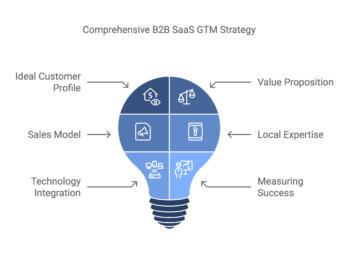
Advantages of a SaaS Go-To-Market Strategy
A SaaS Go-To-Market (GTM) strategy provides businesses with an efficient way to grow and expand. It allows companies to reach new regions, connect with target customers, and build sustainable revenue streams without heavy investment in physical infrastructure.
Scalability
SaaS companies can scale quickly by entering new markets without requiring physical offices or local staff. Sales outsourcing and partnerships make this possible, helping businesses expand while keeping operational costs low.
Cost-efficiency
By outsourcing sales or partnering with local experts, companies save on building in-house teams for every market. Resources are directed toward high-priority areas, ensuring efficiency and better returns.
Faster market entry
A GTM strategy allows businesses to enter new markets quickly by using established networks and proven processes. Experienced partners, like Aexus, provide the necessary local expertise to overcome initial challenges.
Whether you’re refining your ideal customer profile, adapting to new markets, or streamlining your sales process, a strong GTM strategy is essential for success. With proven expertise in helping SaaS companies expand and grow, we’re here to provide the support and insights you need.



